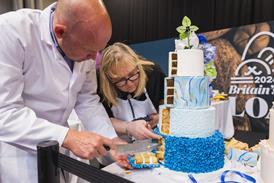Making the right match
Millers will repeatedly tell you: "There’s no such thing as poor quality wheat - there are just different specifications of wheat." Bakers, on the other hand, have been heard in recent months to exclaim, "This flour is rubbish!" (The expletives have been substituted to avoid upsetting our more sensitive readers.)
To continue reading, register for free
You are what you read, registration is quick, easy and free. Just click register now and you’ll be finished faster than it takes you to butter a crumpet!
Don’t miss out:
- Unlimited access to content
- Regular newsletters to your inbox
- Save articles to read later on
- A more personalised experience
Already registered? Please log-in here


















